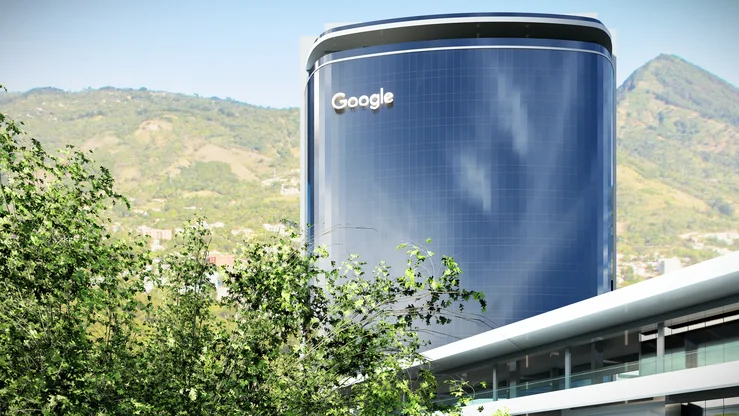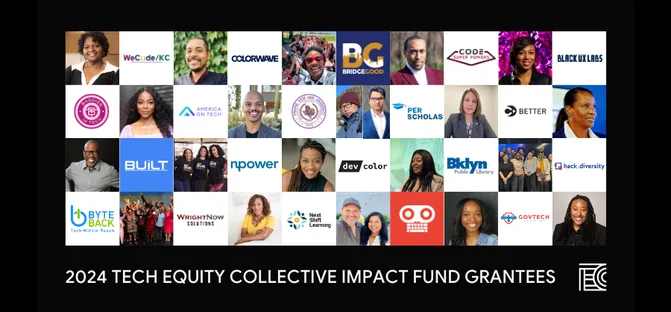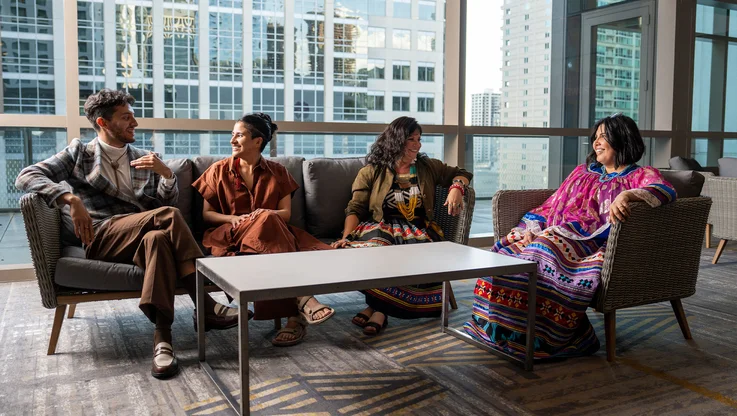Investing in affordable and inclusive communities
Editor’s note: This guest post comes from Micaela Connery, Founder and CEO of The Kelsey.
My cousin Kelsey and I were born three months apart, going through every life milestone together. When it came time to live on our own, it took me several months to find housing—but it took Kelsey almost eight years. Her family struggled to find a home that was supportive of her disabilities, while still letting Kelsey be part of the broader community.

Kelsey and me
It’s a challenge almost every adult with disabilities faces. Kelsey was one of the lucky ones, with supportive parents and good local resources. The reality is that over 70 percent of people with developmental disabilities never move from their family home. This challenge is particularly acute in lower income communities or communities of color.
Addressing this critical housing need for adults with disabilities can, and must, be done through inclusion in design, funding, policies and culture. The Kelsey creates and advocates for housing where people with and without disabilities live, play, and serve together. With a $5.3 million investment from Google, we're building our first community—The Kelsey Ayer Station—in San Jose, California.
The Kelsey Ayer Station will provide 115 homes to people of all abilities and all incomes. Our rent prices accommodate people with a range of incomes and 25 percent of the community is specifically reserved for people with disabilities. Developed in partnership with Sares Regis Group of Northern California, the entire space (including each unit) is designed to be accessible and inclusive to everyone. The site includes on-site features like a drop-off for accessible transit, sensory garden, and space for support staff. The building will have an Inclusion Concierge™, which means that two staff members will live in the community full time and connect residents to each other, the services and support they need, and the broader city around them. It will be a community where everyone—regardless of background, disability, identity, gender, age and race—can feel at home.
Google’s investment is part of its broader commitment to Bay Area housing. With it, we no longer have to worry about critical pre-development costs like purchasing and entitling our land and completing initial design work. At the same time, Google’s financing will help us focus on securing permanent financing and philanthropic support to complete the project. Google’s investment allows us to stick to our ambitious pace: residents will move into the space in four years, a timeline rarely seen in the housing industry.
Less than 12 percent of adults with developmental disabilities own or rent their own home. But what people with disabilities want in housing isn’t particularly special or different. People want a place where they have privacy and independence, but also community where they feel safe without being constrained. People want a home they are proud of and can thrive in. Most importantly, housing for people with disabilities isn’t a problem to be solved “for them”—it’s an opportunity to create better designed, higher-quality, more connected communities for everyone.
The Kelsey Ayer Station will demonstrate what’s possible when people, funding, and cities come together with a shared commitment to inclusion. With help from companies like Google and cities like San Jose we’re well on our way and we’re confident that their support will attract others to step up to make inclusive community a reality.





